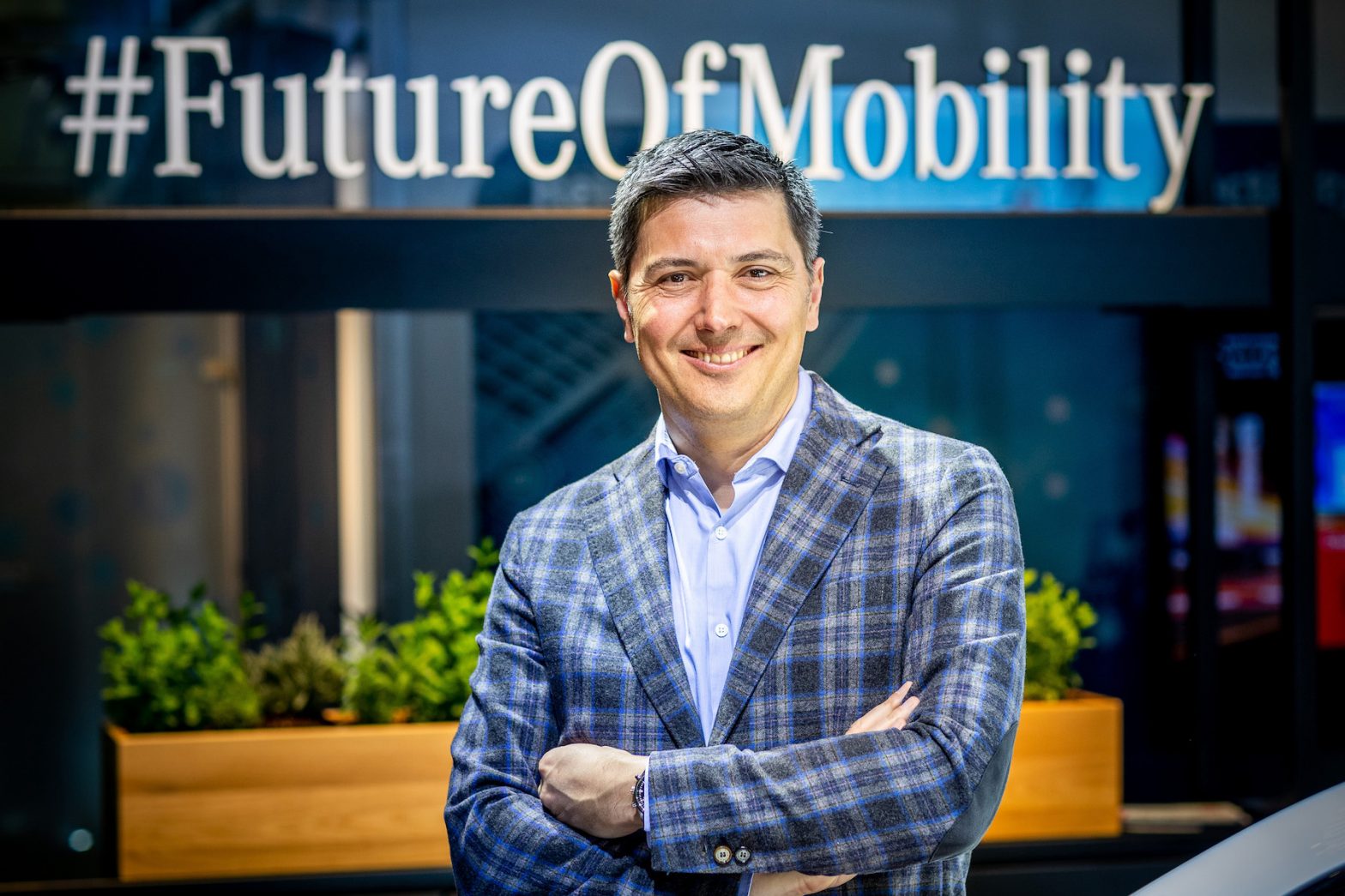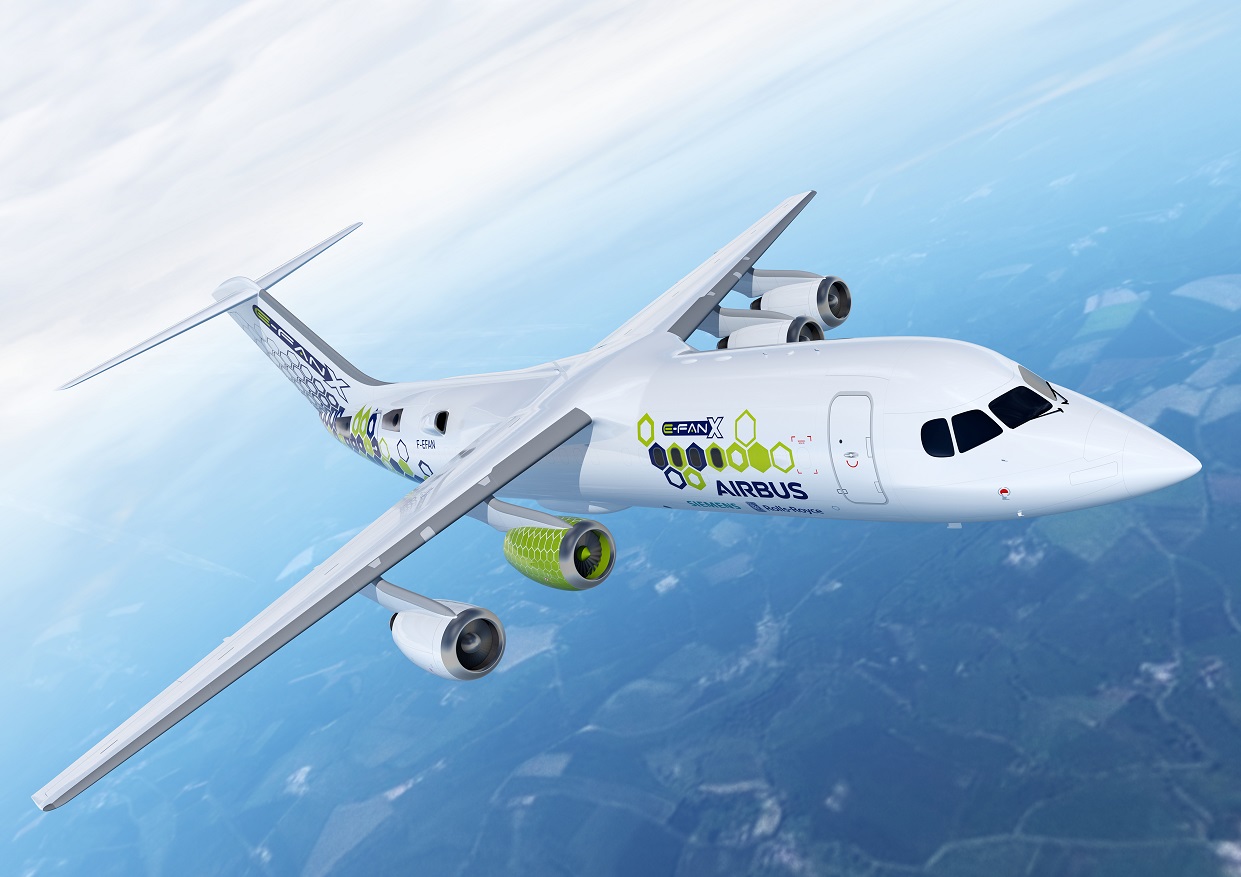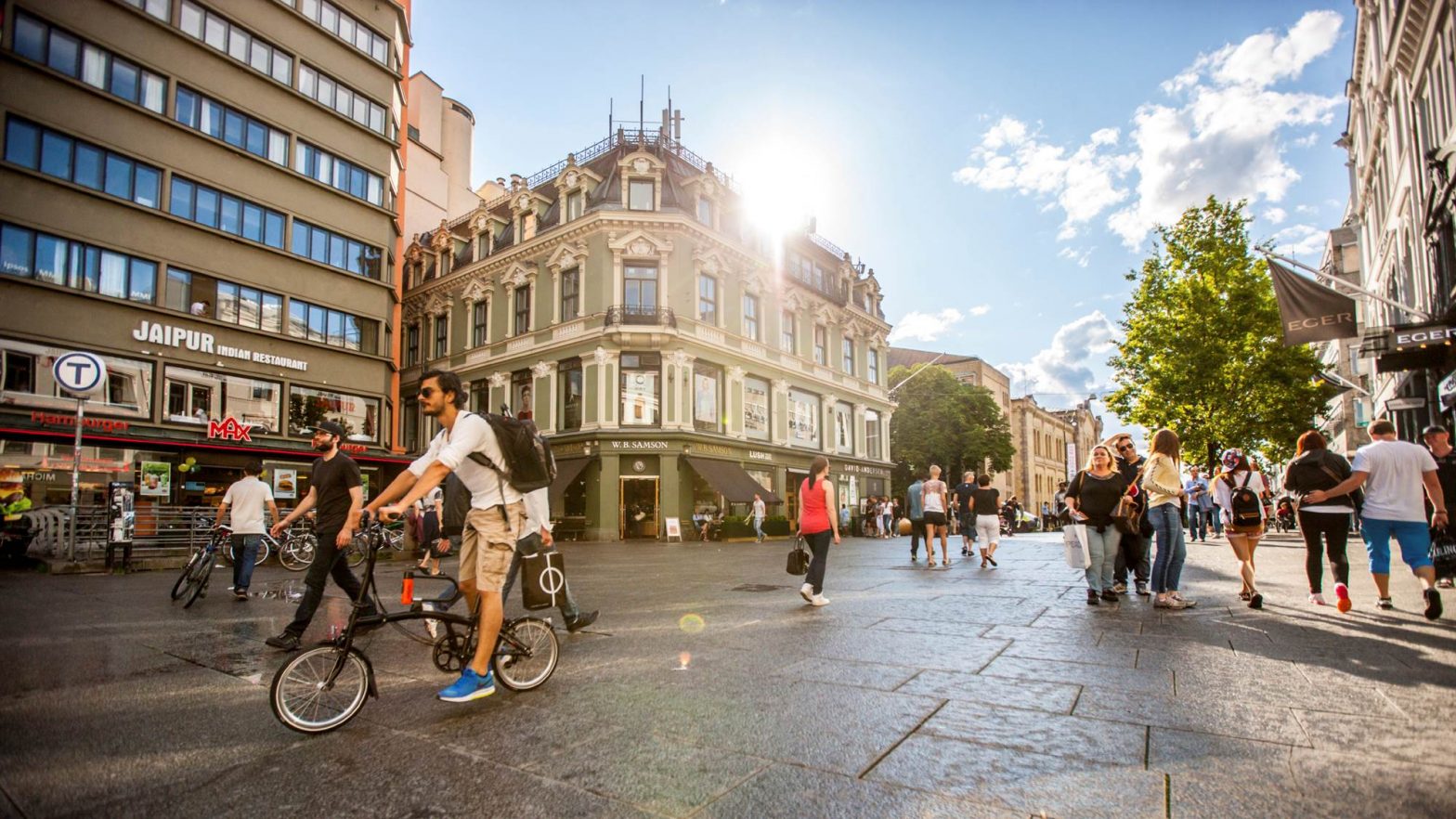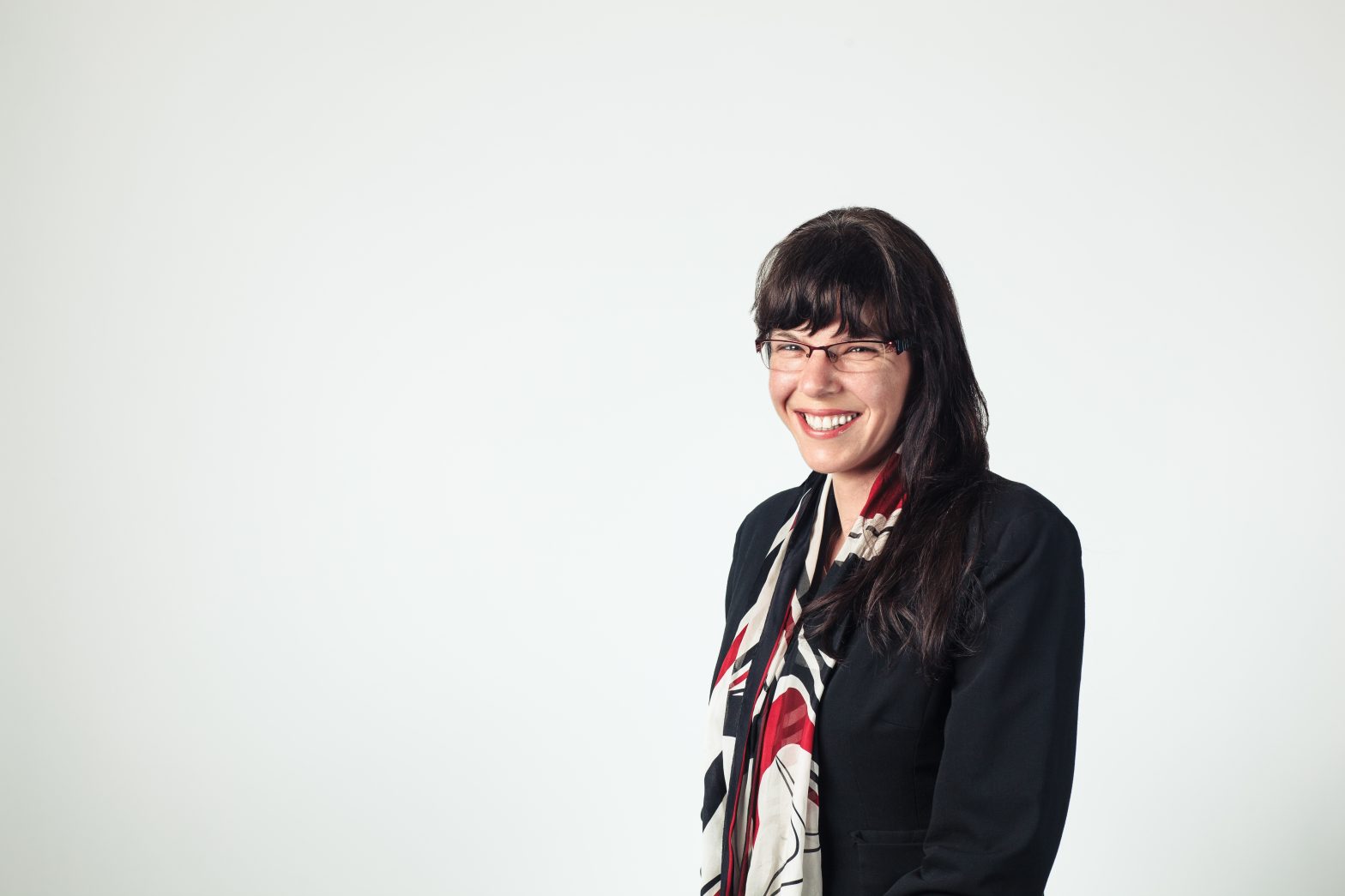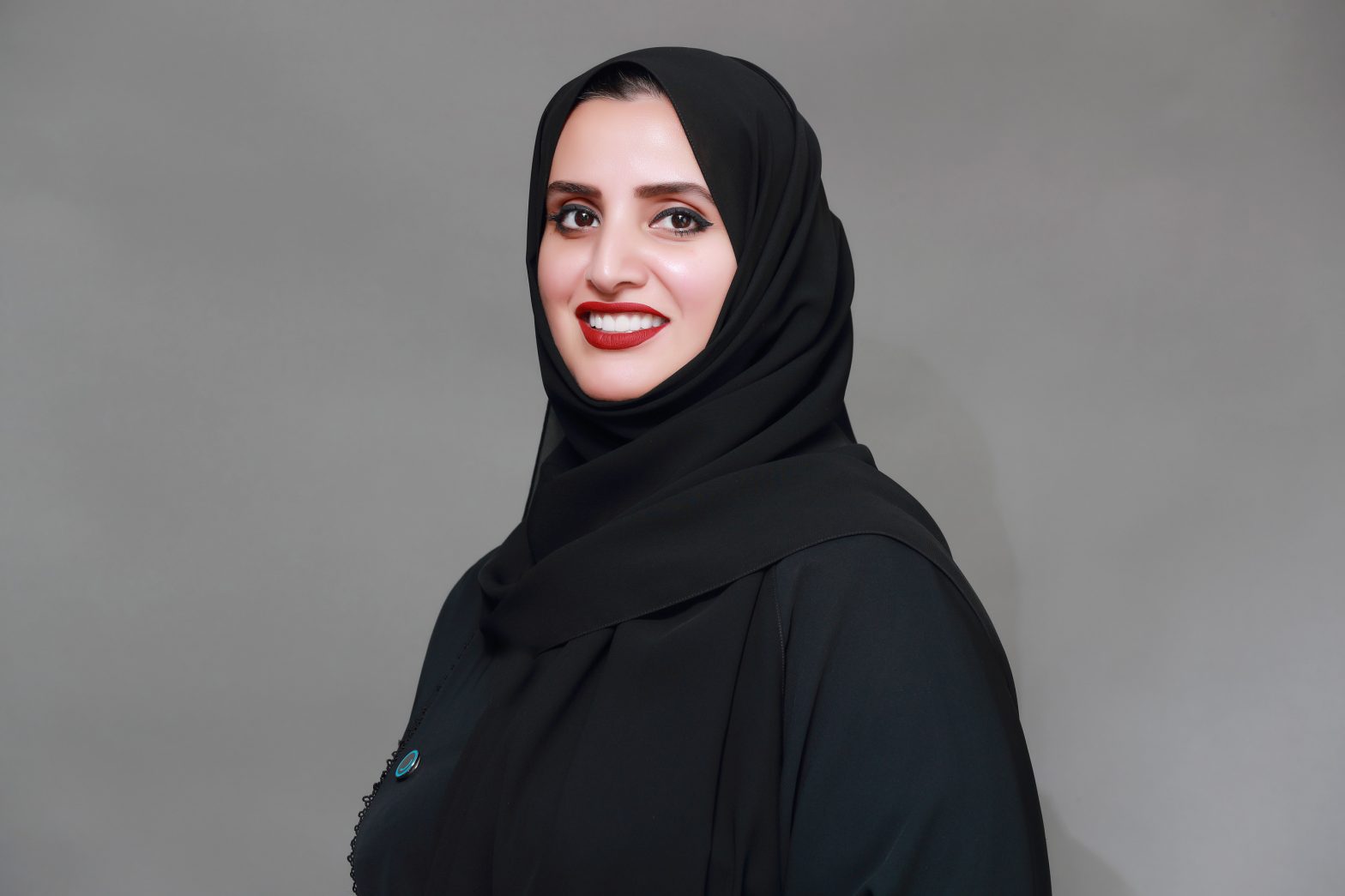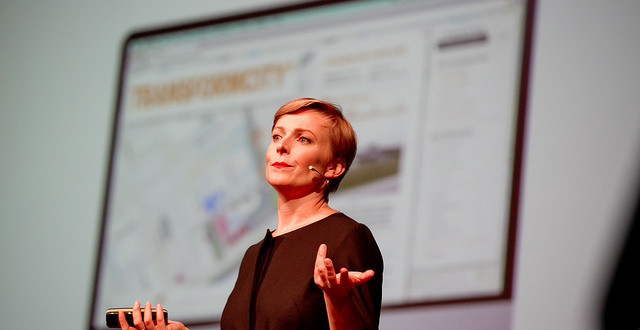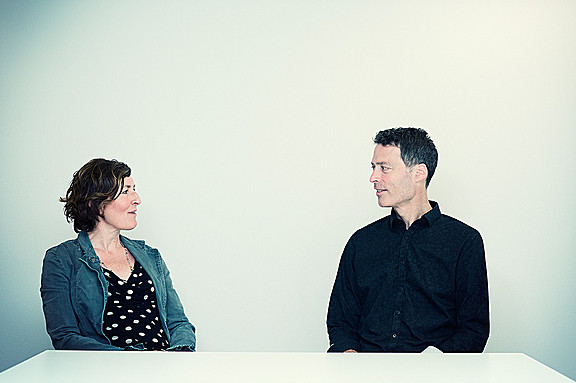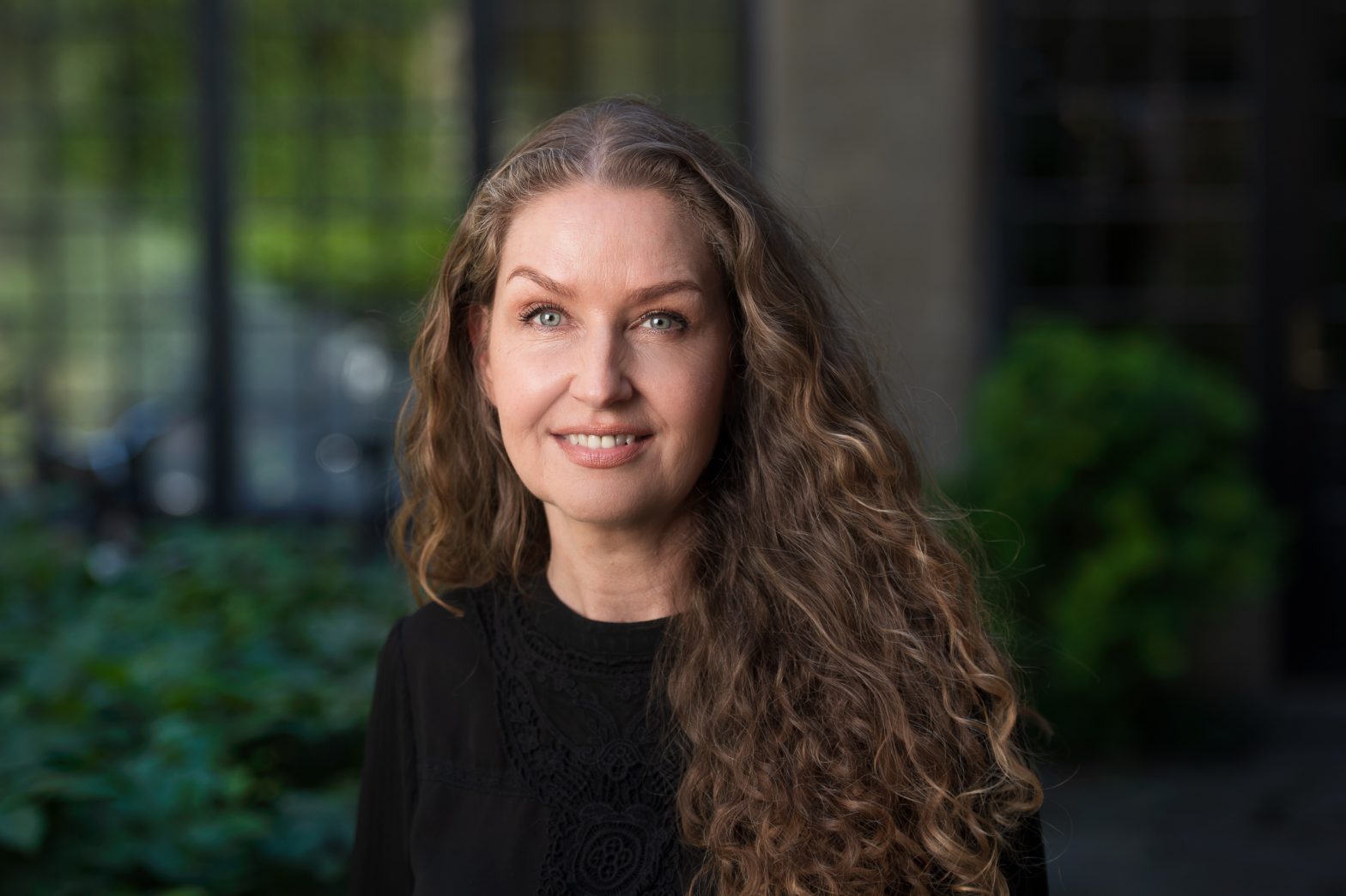
Photo: Urban-Future-Veidekke
Making fossil free construction a reality
11 December 2018
By Mark Wessel
Before the Paris Climate conference in 2015, Veidekke–Scandinavia’s largest construction company–announced to the world that they would do their part, by reducing their own greenhouse gas emissions by 50 percent by 2030 and by 90 percent by 2050.
Looking back on this decision, Hege Schøyen Dillner, Veidekke’s Chief Sustainability Officer says that she is proud of the fact “that we committed to the Paris agreement a month before it actually happened”. Yet ironically, the company didn’t have a roadmap for how they would achieve these goals at the time.
“We didn’t know how we would do it, but at least it gave us a sense of direction,” she says. “What we did know was we had a really innovative team, including our engineers; and a whole value chain of partners that could work together to find ways to reduce our CO2 emissions.”
And this led to the idea of working toward creating emission free and fossil free construction sites. A tall order for a company with a land bank that’s expected to yield 17,450 new residential units in Norway, Sweden and Denmark in the coming years.
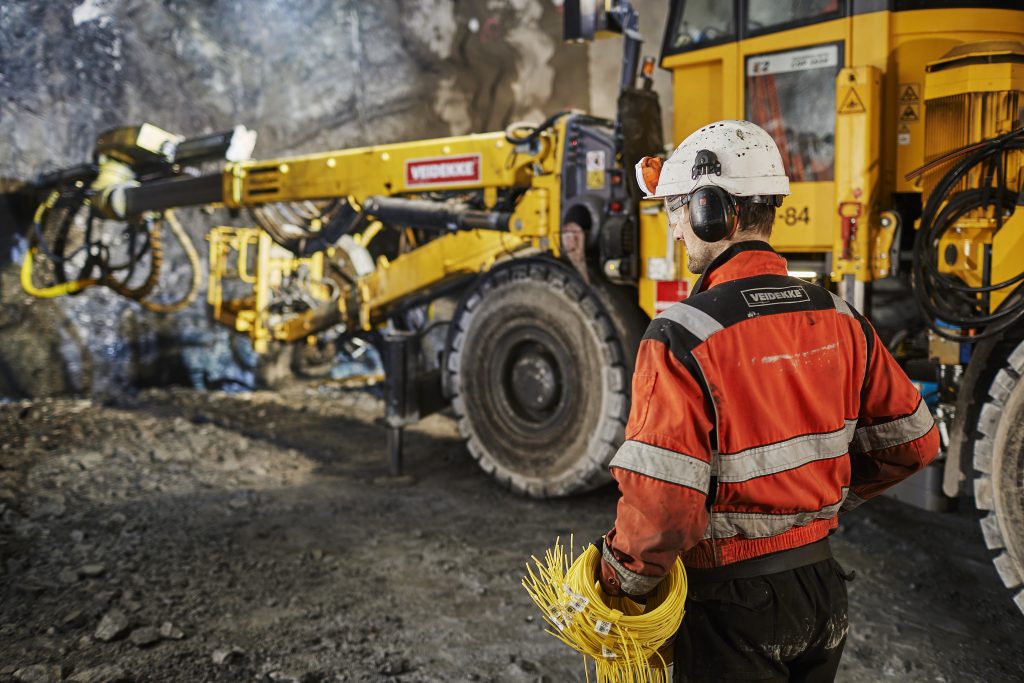
Already in possession of a large fleet of electric cars and vans for the transport of worksite supplies and equipment, Veidekke’s management team realised they needed to accelerate the purchase of not only electric powered vehicles, but also, to become a pioneer in the use of electric powered heavy equipment.
As a result, Veidekke is now using or is in the process of purchasing everything from electric powered concrete spraying rigs to battery-powered excavators. And they’re the first European company to purchase a 25-tonne electric caterpillar, with more to come. All of this technology comes at a premium and unlike electric cars in Norway, without the benefit of government subsidies to help cushion the cost.
But says Dillner: “We’re paying more, because someone has to drive change.”
Apart from the feel-good aspect of cutting carbon emissions, Dillner says the transition to an electric fleet is also putting the company at a competitive advantage. For example, Oslo no longer allows machines powered by fossil fuel to drive through the city. However, Veidekke’s electric powered lorries aren’t faced with the same restrictions. Even so, the company tries to minimise the movement of these vehicles to be less disruptive to the community.
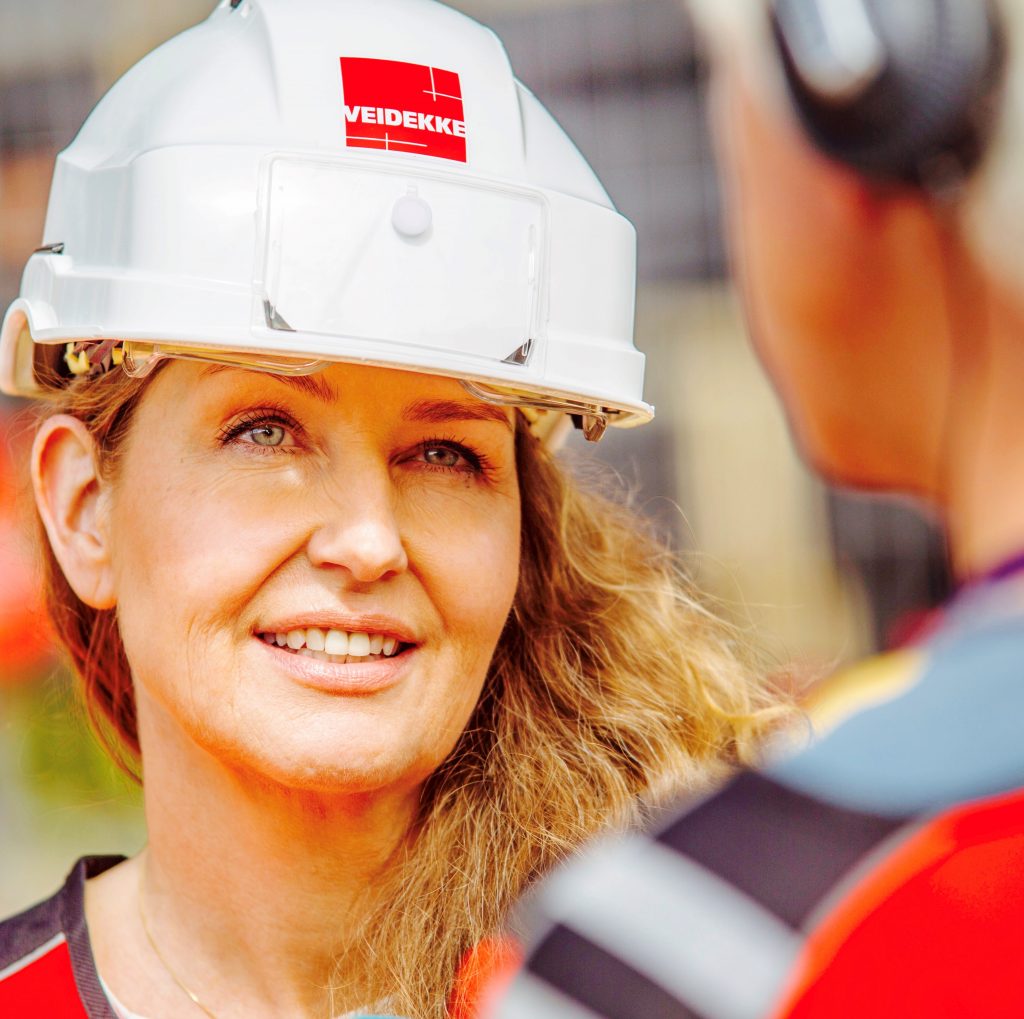 Dillner attributes Veidekke’s egalitarian culture to some of the other measures the company has taken to reduce worksite CO2 emissions.
Dillner attributes Veidekke’s egalitarian culture to some of the other measures the company has taken to reduce worksite CO2 emissions.
“Our culture tends to foster empowerment at all levels of the organisation,” she adds. “Innovation–as a result–takes place everywhere.”
One example she cites is an engineer at a tunnel project, who developed a centrifuge for mud on site. Water used in the drilling process is now recovered and re-used and transportation to landfill sites has been reduced by 70 percent–with immediate benefits both for the environment and project profitability.
Leveraging innovation and best practices together with its electric powered fleet, Nyegaardskvartlaet–a 250 apartment residential community Veidekke is building in Oslo–will be one of Norway’s first and largest fossil-free construction sites as well as the country’s largest certified BREEAM project. Nyegaardskvartlaet is an embodiment of Veidekke’s new philosophy of not just constructing one off buildings but rather creating zero emission neighbourhoods.
“We’re getting away from the idea of doing just one building or bridge or tunnel at a time, to actually creating future cities and to do that, we need to have a broader perspective,” she says.
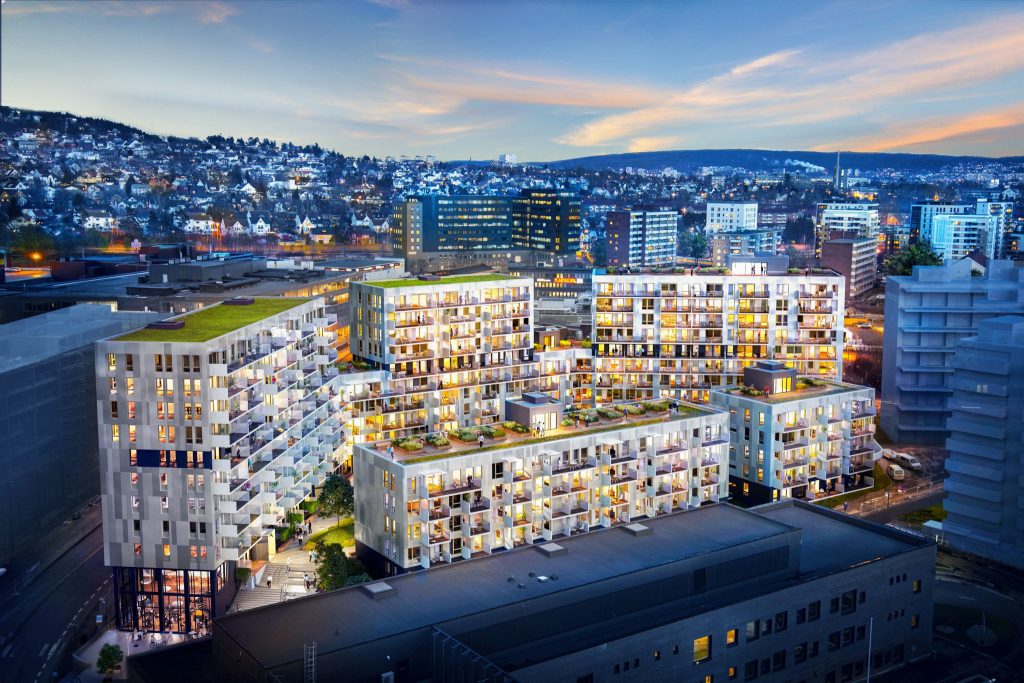
In light of Dillner’s big picture mindset, it’s not surprising she is now chairman of the Norwegian Green Building Council, an affiliation of the World Green Building Council, which covers a broad range of activities that includes new construction, management and rehabilitation of existing buildings and regional development. All of which is tied literally to building a more sustainable society.
Whether overseeing Veidekke’s environmental goals or those of the Norwegian Green Building Council, Dillner’s approach is pretty much the same. She says matter of factly: “I just want to drive transition.”
WORDRAP
I hope cities will think more about building sustainable societies and not just one building.
To drive development, we need to make sustainability work not only for the environment, but also by building homes that are affordable.
We need to share knowledge across borders.
What I love most about Oslo is the people and the scenery. But I also like the ambition Oslo has to be a more sustainable city.


